5 Spring-Flowering Perennials To Brighten Your Garden After Winter
Springtime is finally on its way after a cold and damp winter. You can finally dedicate time to preparing your garden for spring, including planting spring-flowering perennials. By the time spring arrives, your garden will have transformed from bleak and empty to a beautiful array of brightly colored perennials.
Vibrant colors of yellows, pinks, and reds are often associated with spring. And what better way to lift the winter blues than your very own garden full of spring-flowering perennials.
Spring is associated with new beginnings and new growth. It’s the perfect opportunity for developing your garden and planting flowers that will return each following year.
Planting perennials after the last of the frost will save you time, money, and effort in years to come. As the hard work is done in the first year with planting, subsequent years are easier with only general maintenance required.
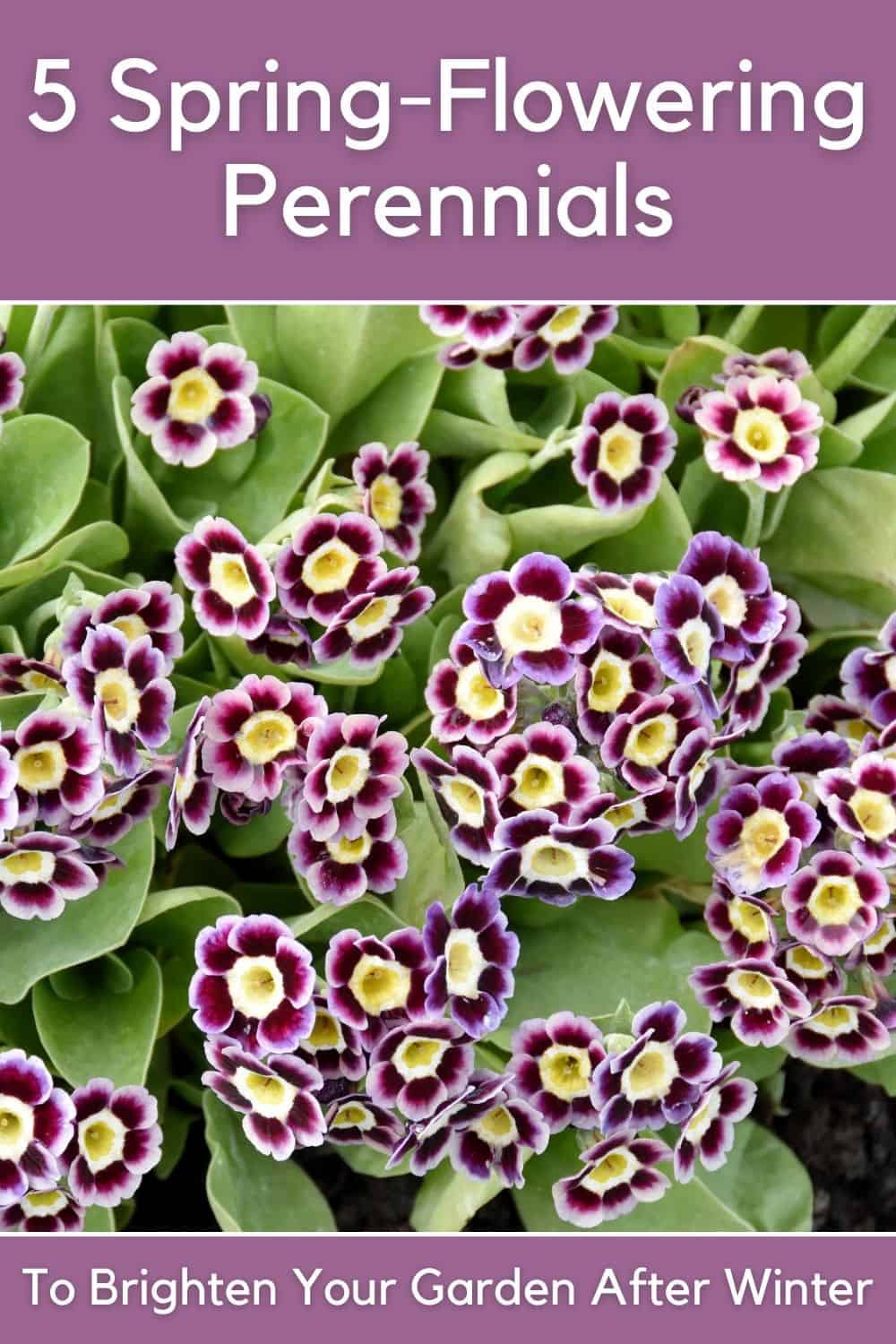
To make the most of spring-flowering perennials in your garden, make sure to consider:
- Whether your garden is mostly shaded or in full sunlight
- The quality of your soil
- How much space you have available.
These considerations will help you select the right perennials for your garden and ensure you can maximize the space that you have.
One note to keep in mind is to also allow space for other seasonal perennials, annuals, and bulbs that will regrow. This ensures that you will have flowering plants during the whole year.
Also, remember where you have planted your spring perennials in order to avoid disrupting them and digging them up when maintaining your garden throughout the year.
To support you in creating your ideal spring garden, here are 5 spring-flowering perennials you can plant to help brighten your garden after winter:
Auriculas
Auriculars, an alpine plant, are related to primulas and offer soft, delicate flowers. Each stem can produce 2-3 flowers growing from the top. Flowers are multicolored with a vibrant often yellow or white center and bold-colored petals in shades of yellow, purple, and red.
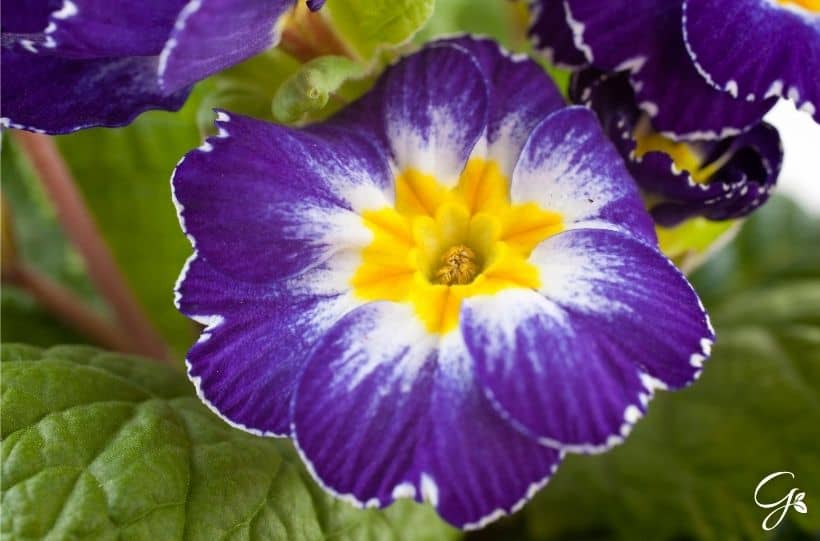
Due to being an alpine plant, they prefer to be planted in pots due to improved drainage and need positioning out of the midday sun. They are best planted between late May and early autumn ready to flower in April and May the following year.
After a few years, auriculas are best divided to increase and improve future growth. Once they have finished flowering, pull offset shoots away from the main plant and repot into a growing tray. Repot into a larger pot once it has established and begun growing.
Bleeding Heart
As the name suggests, this plant offers heart-shaped flowers with a delicate splash of color hanging from underneath. The flowers stand out from the deep green leaves in white and pink.
Bleeding hearts are best planted in early spring or autumn before temperatures drop. It prefers to be in a shady area of the garden with nutrient-rich soil. For even more support, add nutrient-rich compost prior to planting.
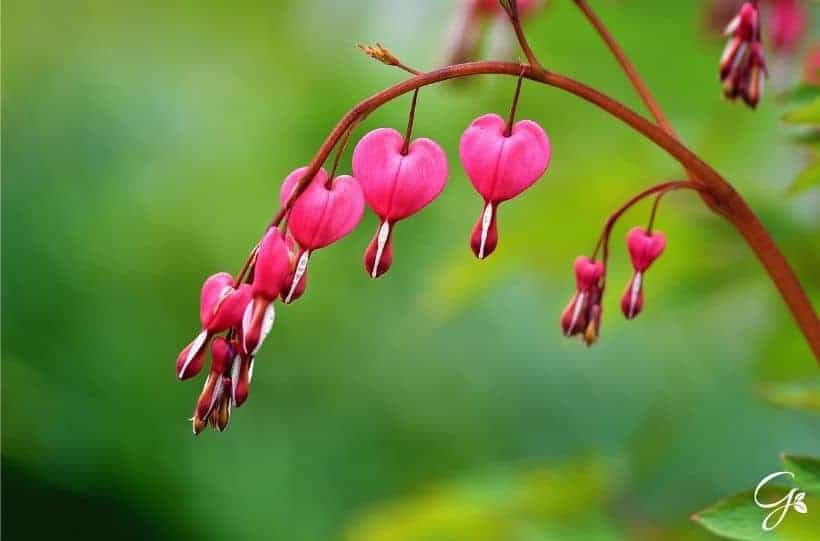
Each year, the lush green foliage emerges first quickly followed by the stunning heart-shaped flowers. After its flowering season before summer, the plant dies back to the ground. Once it has yellowed and withered, you can cut the plant back for it to regrow the following spring.
Bleeding hearts do produce seeds and can grow 36 inches tall. At this point, you can dig up the roots and carefully separate them to plant a second or third bleeding heart to brighten up shady areas of your garden.
Cowslips
Cowslips are a delicate tubular shape with small, round and pale yellow flowers opening at the end. Multiple flowers open from each stem growing to only 0.5 meters.
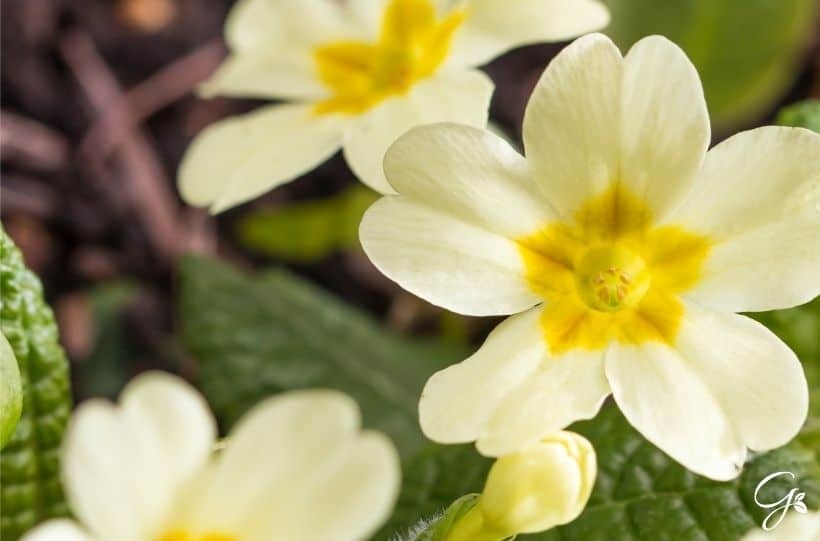
Cowslips grow best in well-drained soil and positioned in partial to full sunlight. Due to their delicate nature, it’s best to position them in an area of the garden that is sheltered from high winds and heavy rain. They can be planted during autumn ready to germinate in spring.
This spring perennial flowers during April and May and offers foliage throughout the rest of the year.
Epimediums
These star-shaped flowers are small but offer a mighty impact with their bright petals from white and yellow to pink and red. The tiny flowers grow in numbers against pale green foliage which, if choosing a semi-evergreen variety, the leaves remain throughout the year.
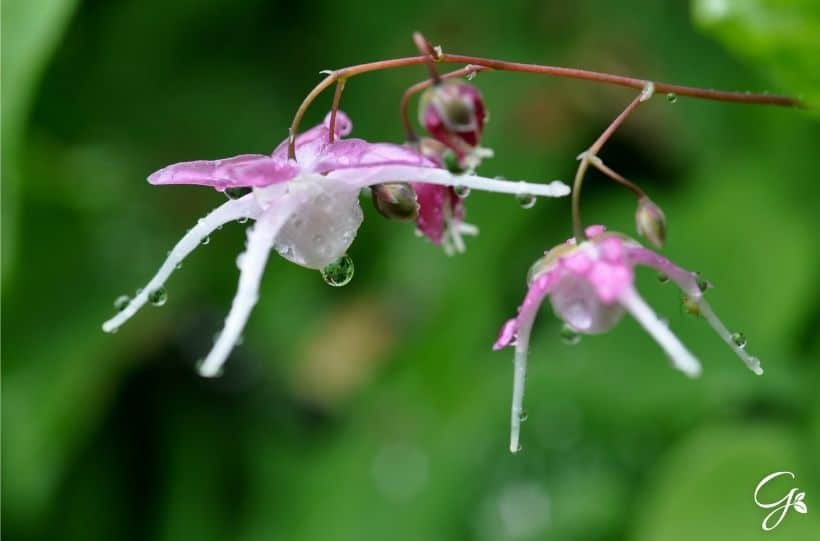
Epimediums are best planted in early spring or early autumn ready to flower between March and May. They grow very well in usually difficult areas of your garden such as in shaded borders or dry areas under shrubs. They are best planted in an area with well-drained soil and shade.
Though their leaves often remain all year round, they can start to look a little wilted by early spring. To encourage new growth and fresh foliage, cut back old leaves before epimediums begin to flower in March.
Korean Spice Viburnum
Saving the best till last, Korean spice viburnum offers a colorful display all year round. In early spring, this deciduous shrub produces round clumps of tiny flowers, beginning in a soft pink and changing to white as the season progresses.
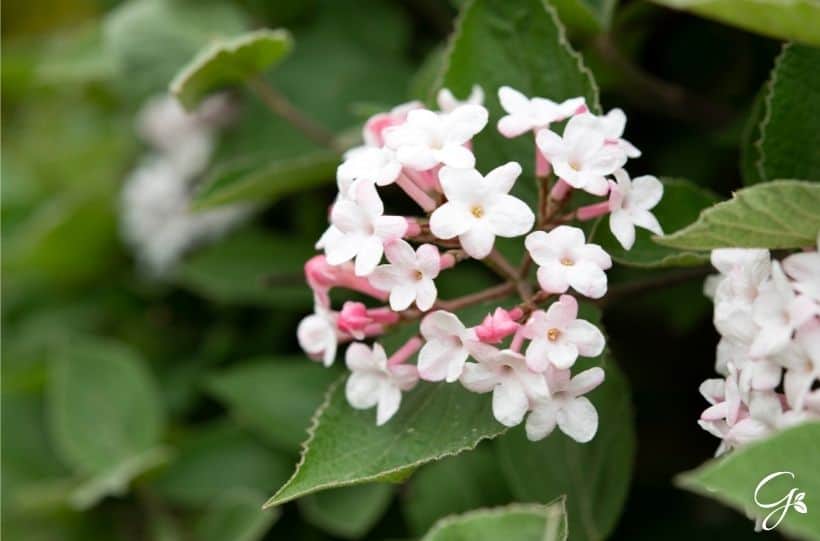
Moving towards summer, the flowers change into red berries. If cross-pollinated with another compatible plant, the berries mature into a deep, black color throughout fall.
However, it isn’t the berries that stand out throughout fall, but the leaves that change from green to red to purple.
Koren spice viburnum is best planted in well-drained soil and prefers full sunlight. Though they can grow up to 30 feet in height, they are slow-growing, only expanding approximately 1-2 feet each year.
They need planting in early spring to allow time for the roots to establish and focus on foliage growth. During their second spring, you can expect to see flowers establish.
Koren spice viburnum does not require much maintenance, however, it does need pruning after flowering. This encourages healthy growth and you can use the clippings to propagate new plants also.
These 5 spring-flowering perennials offer an array of colors and options for different areas of your garden, from full sunlight to complete shade. Each perennial returns year after year, and can be divided to not only encourage new, healthy growth but generate additional plants for your garden.
After the first year, these spring perennials do not require much maintenance. Once established, you can enjoy their beautiful colors and shapes throughout spring and compliment other additional spring plants you may have chosen.
To create your ideal spring garden, take a look at some of these posts for additional inspiration:

